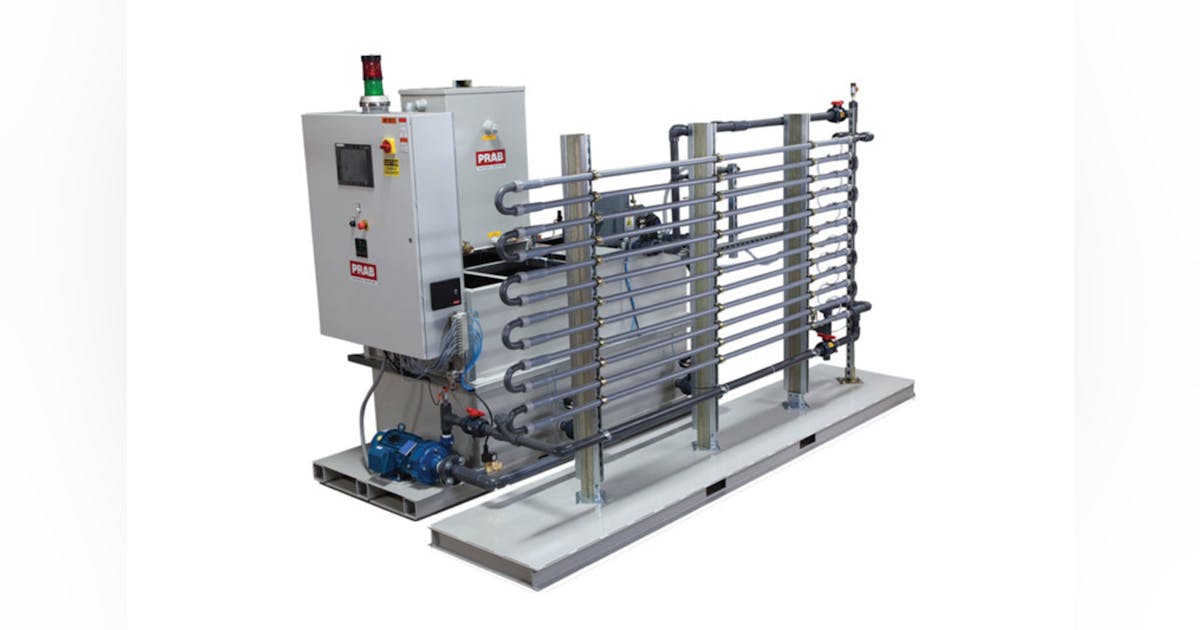When it comes to septic tank maintenance, many homeowners don’t realize the importance of risers for septic tanks. These simple-to-use components help for you to access your septic system for routine maintenance and inspections. By installing risers on your septic tank, you eliminate having to excavat the ground each time a service is required. It not only saves time and effort, but can also minimize the disturbance to your landscaping. The risers of septic tanks also reduce the possibility of injuries or accidents while maintaining, because they provide a safe entrance into the tank.

The management of effluent is a vital element of keeping the system’s health. Effluent is a liquid waste that drains from tank to the drain fields to be treated further. It contains a combination of water, organic matter, and bacteria. The solid particles in the effluent might sink to the bottom of the tank and result in a sludge layer. If not eliminated promptly, may develop and cause clog within the system. It could also damage the drainage field. Regular pumping and effluent control ensures that the tanks run efficiently, preventing blocks and prolonging their life.
Septic systems are functional when they are draining correctly. As wastewater exits your home and is absorbed into the septic tanks it is able to go through an natural separation. Solid waste sinks to the bottom while oil and other lighter materials rise to the top of the tank, creating some sort of”scum. The liquid that remains, referred to as effluent, exits the tank, and then flows into the drain field to further absorption and filtering into the soil. A well-designed drainage system permits an efficient flow of effluent and is ideal for to avoid flooding and backups. It is crucial to ensure that the drainage pipes are clear of roots, debris or any other obstructions that may slow the effluent’s flow. Regular inspections and regular maintenance of the drainage system keep costly repairs from happening and prevent potential environmental contamination.
The septic system you choose for your house can have a lasting effects on the hygiene and performance of your property. There are a myriad of options on the market, you need to look at a range of factors before making your selection. Find out the dimensions of your septic system according to the water consumption average of your household and the number residents. If you have a huge household or often entertain guests, then a larger tank is needed. Secondly, consider the material of the tank. Plastic, fiberglass, and concrete are all popular choices. Each material offers its own pros and disadvantages with regard to durability, cost, and maintenance. Check the local regulations and guidelines for Septic tanks. Pick a tank that is in compliance with all the standards that are required and conforms to the rules. For more information, click Risers
In the end, talk to an experienced septic system installer who will evaluate your property’s requirements and offer expert advice that are based on soil conditions and topography. Take note of these aspects to make sure you select the most suitable septic tank for your house.
A reliable and healthy system relies on proper upkeep and operation of septic systems in addition to effective effluent management as well as riser installation and proper drainage. Septic tanks serve as the primary treatment method for household waste, while effluent management ensures the safe disposal of treated liquid waste. The septic tank is access easily and without risk with the help of risers for septic tanks. Also, a proper drainage system ensures the flow of effluents, avoiding back-ups and system failures. By prioritizing these elements and following regular maintenance protocols homeowners can guarantee the longevity, efficiency and long-term sustainability of their septic systems, promoting secure and healthy living environment for all.

